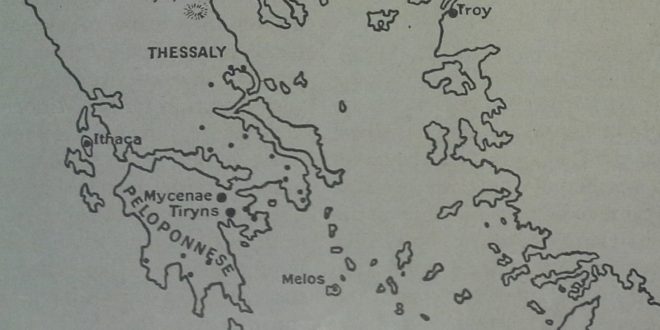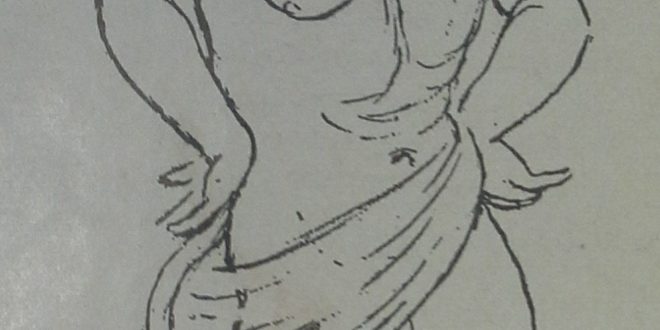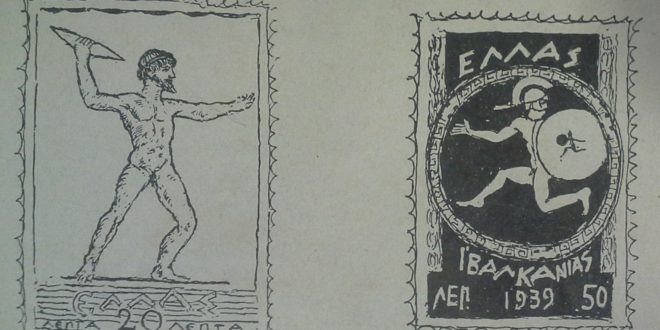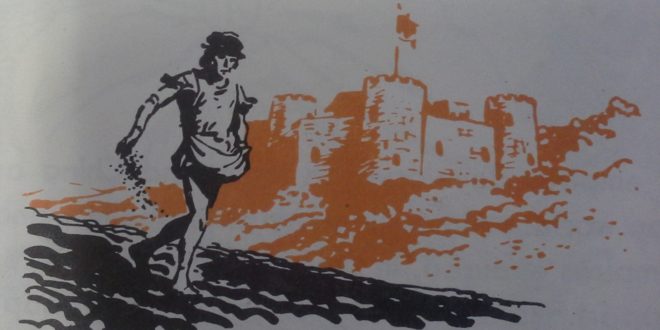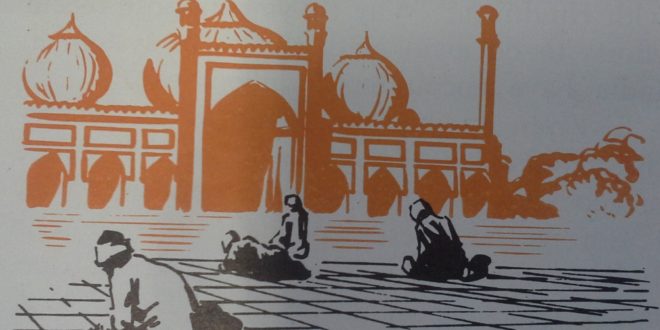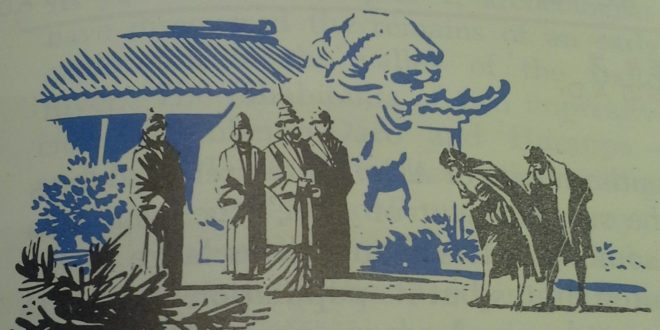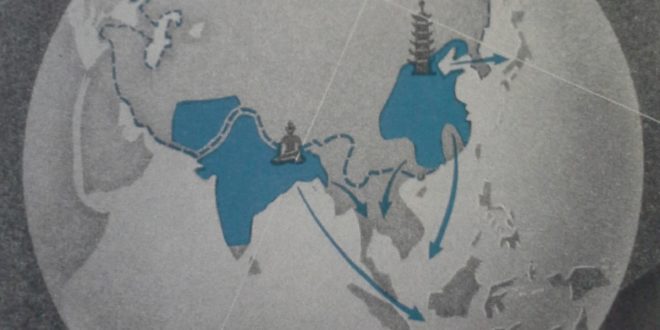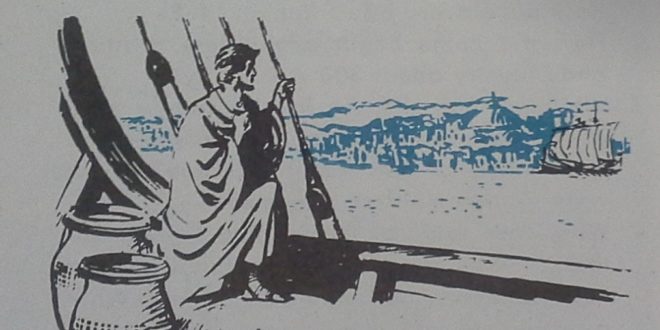In the tenth year of the war the Greek hero Achilles slew Hector, the Trojan, in single combat. (Paris, the cause of all the trouble, never distinguished himself very much in the fighting.) The death of Hector was a cruel blow to the Trojans, particularly to Hector’s old father Priam; but they still did not surrender. In the end they were beaten by a trick. The Greeks built a huge wooden horse, big enough to hold a number of fully armed men. They put the pick of their warriors inside the horse and left it on the shore. All the rest of the Greek army sailed away. Hector were supposed to think that the Greeks had given up hope and gone home; but in fact they had only withdrawn to an island nearby. The Trojans streamed out of their city and strolled delightedly through the deserted Greek camp and along the shore where the Greek ships had been drawn up. The wooden horse started them arguing. Should they destroy it? Or should they drag it into their city and keep it there as a memorial of their victory? One Trojan, Laocoon, had no doubts. “I fear the Greeks, even when they bring us gifts”, he said and threw his spear at the horse’s great wooden belly. There was a hollow sound and perhaps Laocoon would have persuaded the Trojans to open up the horse straight away if their attention had not at that moment been distracted by something even more interesting — the discovery of a live Greek. This Greek was a young spy named Sinon. His hands were bound and he had a plausible story to tell. The Greeks, he said, had been going to make a human sacrifice of him in order to ensure that the gods would …
Read More »

